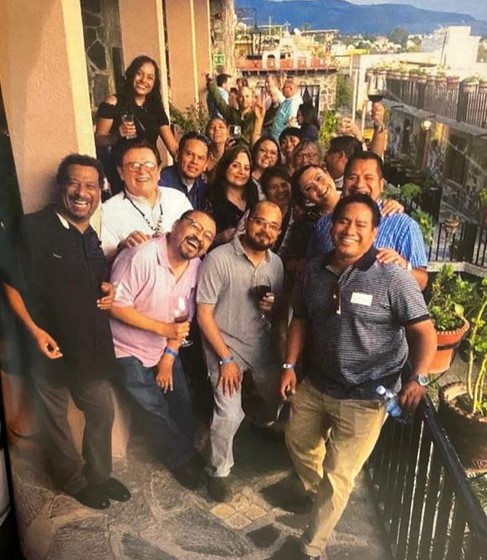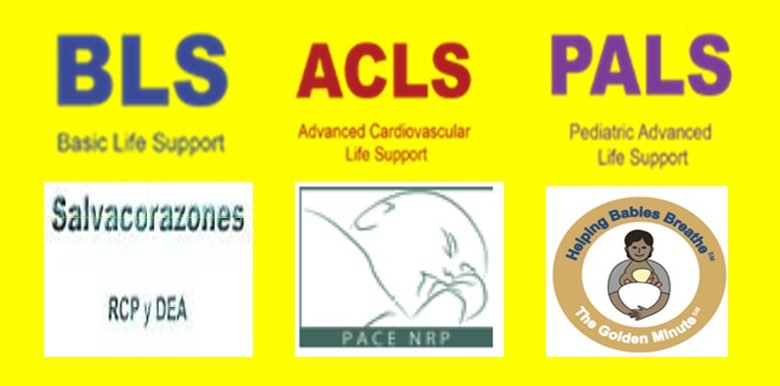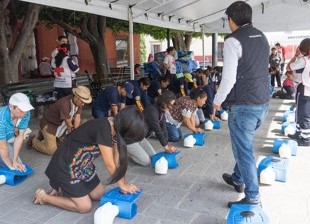Medical Training and Certification Programs for Healthcare Workers
San Miguel de Allende, a captivating city in Guanajuato, Mexico, is renowned for its cultural heritage and its commitment to innovation. At the forefront of this innovation is PACE-MD.
In Mexico and various countries across Latin America, access to quality healthcare remains a significant challenge, particularly in remote and underserved areas. PACE-MD’s commitment to extending its training programs and healthcare initiatives to remote areas is making a tangible difference in bridging these healthcare gaps.


Headed by Dr. Haywood Hall (far left), PACE-MD’s founder and executive director, the organization’s network of instructors is one of the largest in the country and is made up of highly qualified health professionals in their fields.
Training and Certification Courses
PACE-MD recognizes the importance of building local capacity and empowering healthcare providers in underserved regions. The organization conducts training and certification programs to enhance the skills of local medical professionals and healthcare workers, equipping them with the knowledge and tools necessary to deliver personalized care.
By investing in the training and development of healthcare workers in remote areas, PACE-MD aims to create a sustainable healthcare ecosystem that can continue to serve the needs of the community even after the organization’s direct involvement.

- Basic Life Support (BLS): The BLS/BLS course is key to saving lives after cardiac arrest. This course teaches the concepts of high-quality CPR.
- Advanced Cardiovascular Life Support (ACLS): Based on the guidelines of the American Heart Association, the ACLS course emphasizes the importance of continuous, high-quality CPR.
- Pediatric Advanced Life Support (PALS): This course teaches attendees a systematic approach to rapidly assess, identify the underlying cause, and treat pediatric patients in emergency situations.
- Heartsaver – CPR and AED: The American Heart Association CPR and AED course provide the knowledge and skills that can help save a life. The course includes the basics of first aid for the most common life-threatening emergencies, including how to recognize them, how to call for help, and how to perform life-saving skills.
- RENEO: The objective of the RENEO course is to teach participants how to establish a patient’s airway, start efficient breathing, and maintain adequate circulation.
- Helping Babies Breathe (HBB): HBB was developed by the American Academy of Pediatrics as a basic training standard for all healthcare professionals to be certified in the management of neonatal asphyxia.
PACE – Certified Obstetric First Responder Program
Specializing in emergency obstetrics at all levels of the “chain of survival”, this project allows rural midwives (Traditional Birth Attendants) to receive certified training that allows them to work as a team with hospitals – saving lives and improving health in geographically isolated and marginalized areas.
Benefits for All Communities
PACE-MD has become a beacon of innovation in Mexico and Latin America. With its focus on personalized healthcare, collaboration, and patient empowerment, PACE-MD ensures that both urban residents and those in remote, marginalized areas have access to superior healthcare services, helping to revolutionize the healthcare industry.
For more information, go to https://www.centro-pace.org/
In Spanish: https://www.youtube.com/watch?v=aEa0zE9wvSQ
Related Articles:
Please visit our Health & Nature Section for more articles of this type.


